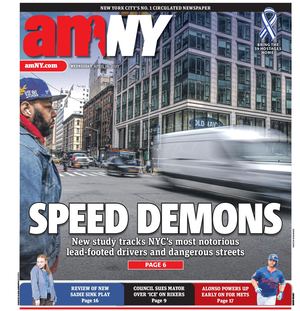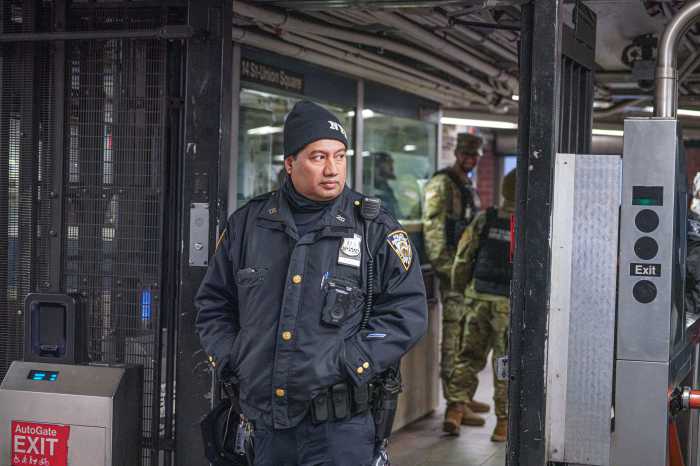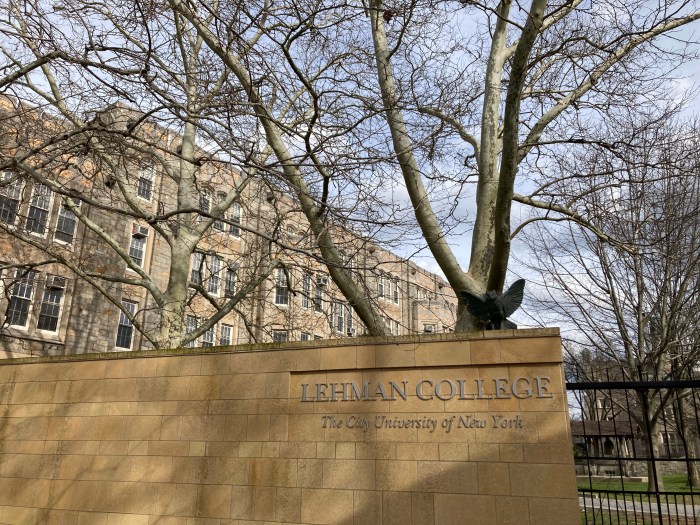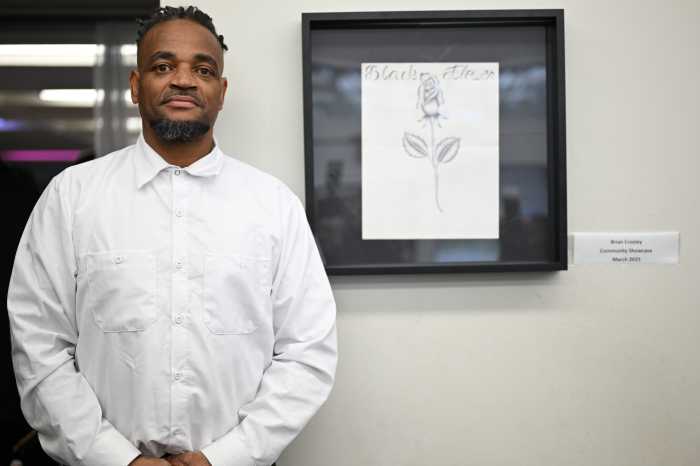
The well-being of New York City’s children is improving, though the five borough’s 1.8 million kids still confront profound racial, geographic and economic disparities, according to a report.
“For the first time since the recession took hold in 2008, the child poverty rate in New York City decreased — from a high of 31.4% in 2012 to 29.8% in 2013, the equivalent of about 30,000 fewer children living in poverty,” according to the report by the Citizens’ Committee for Children.
Black and Latino children have disproportionately high poverty rates (38.9% and 32.5% respectively) with lower educational attainment and higher dropout rates, and the child poverty rates in the Bronx (42%) was nearly double the rate in Queens (20.7%), according to the 11th annual “Keeping Track” study.
The number of people receiving Supplemental Nutrition Assistance (SNAP) benefits — once known as “food stamps” — has exploded since the recession, with 1,739,660 New Yorkers receiving such benefits as of September 2014. Almost a third (32.2%) of all households with children receive SNAP, as opposed to one in six households without kids.
Other highlights of the report:
NYC had the lowest rate of uninsured children — 3.8% — of the country’s 10 largest cities. Half of all kids here are covered by Medicaid, Child Health Plus, or another means-tested public insurance.
A little more than half of NYC’s kids — 52.9% — live with two married parents. Almost one in 10 live in a household headed by a grandparent and 26.3% live with an unmarried mother.
More than 220,000 kids 13 or younger are in “linguistically isolated” households in which no one over the age of 13 speaks English well or at all.
X Almost 28% of NYC’s public high school kids reported feeling depressed in the past year, according to the report, which cited Centers for Disease Control data from 2013. More than 13% of public high school students reported considering suicide, and 8.1% said they had tried to kill themselves in the previous year.
X The Administration for Children’s Services investigated 55,079 reports of child abuse and neglect in 2013, 13.2% less than in 2006, when the torture and murder of seven-year-old Nixzmary Brown riveted the city. Almost 39% of the 2013 investigations resulted in findings that abuse or, more frequently, neglect was present in the home. Both foster care placements and the foster care population (11,511 kids were in care as of March 2014) have shrunk as the city has strengthened and improved preventive services intended to keep children with their families.
X While Staten Islanders and Eastern Queens residents were more likely than others to have achieved the American dream of home ownership, only 32% of New Yorkers own their own homes, compared to 63.5% of all Americans. Fewer residents owned their own homes in Bed-Stuy (21%) than in Newark, N.J. (21.7%). Home ownership is relevant to child welfare because areas with lower home ownership tend to have higher poverty and unemployment rates, said the report, the 11th such study to be issued by the Citizens’ Committee for Children.



































